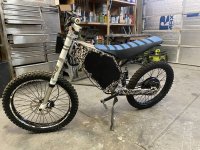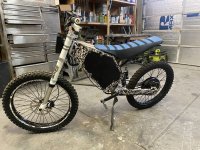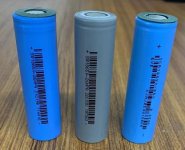You'd have to look at the controller manual to see if it is programmable, and if so what software and hardware is used to do this, and acquire those (software from the manufacturer, hardware usually a USB-serial cable, sometimes a Bluetooth board for inside it, or BT dongle to plug into it, etc, and then an app for your phone/tablet/etc).
There are often multiple current settings, such as overcurrent for shutdown or lowering current as battery voltage drops, etc, so you may need to change more than one setting.
That means your battery can't provide the power the system needs to do it's job, so you will need a new battery that can do this. I recommend using the motor simulator at ebikes.ca to input your worst-case riding conditions and then play with the various hardware listed, or use custom settings (per the instructions below the simulator) to determine the amount of power actually required to do the job you need it to do.
Once you know that, then you can decide if your existing motor and controlelr can do it, and if not replace those, and then get a good-quallyt well-made battery (made of well-matched cells, which is rather hard to find) that can easily handle this power, preferably with a margin of at least 50% (so that it will also do what you ask of it in the next upgrade, since batteries are the most expensive and most important part of the system).
That could be a controlelr setting (which you can experiment with to find a solution), or just a badly written firmware in it (which you can't fix), or a hardware design problem with the controller (which you can't fix).
You'll need to find out what it takes to do the job you want it to do before you can know what parts can do that.

That simulator can help you guesstimate this. There is a thread about it here with some info on using it, and there are numerous motorcycle and high-power bike conversions also with info on it and examples, that should hlep you figure that out.
If you don't know the power, etc., that it takes to do the job, you will just have to replace parts (or whole bikes) until it does what you want, or find someone else that does exactly what you do (or even harder usage) under exactly the same conditions (or worse), and get what they got.








